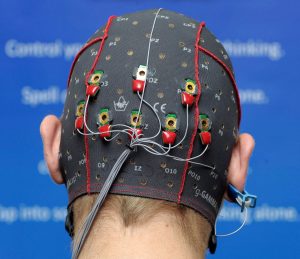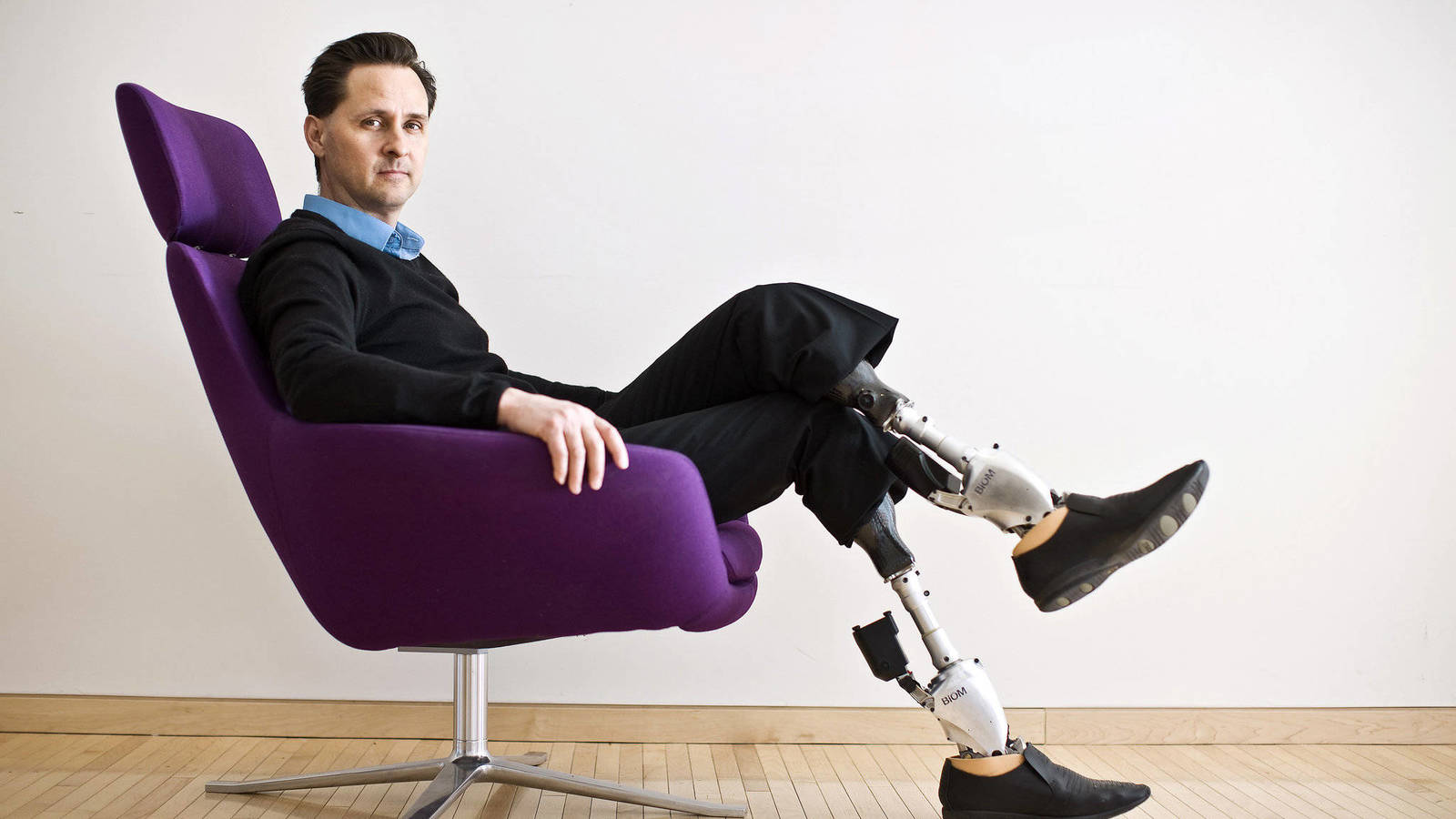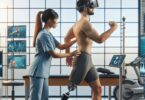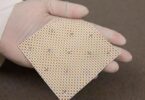The evolution of the prosthetic is long and is full of stories, from its primitive beginnings, through the sophisticated present, to the incredible visions of the future. As it happens in the development of any other field.
The development of new experimental robotic prostheses, in some cases controlled by the brain, is allowing people with amputated limbs to recover, in a certain way, the sense of touch.
The use of technology at the service of medicine and research opens the door to surprising developments that improve and promise a better quality of life for people, especially those suffering from diseases. In the present it is possible to be one of the great advances in science that opens the possibility of developing a large number of techniques that can change and improve the quality of life of thousands of people suffering from different disabilities.
The neuronal implants, being one of those promising techniques, are technological devices that connect to the brain of a person, because, American scientists from the universities of Case Western and Chicago developed a prosthesis that transmits the sensation of touch to determine the pressure that has applied to an object and tested it with two patients who have an amputated hand.
The goal of connecting the brain with a robotic limb to help people suffering from paralysis and amputees move naturally is closer than ever. Previously, brain implants to help move artificial limbs have had little success because they were limited to individual actions. Now, scientists are placing the implants in the area of the brain that controls the intention to move, not just the physical movement itself. This allows patients to control the robotic limb more easily. It is thought that this will be approved by the FDA in a short time and will have a great clinical impact on patients with paralysis.
Engineers and scientists recreated with electrical impulses the way in which the nervous system interprets tactile perception. Once tested, patients highlighted the possibility of shaking hands, caressing or handling objects.
“Artificial arms and legs that can be controlled by thoughts are a great promise,” according to the director of the American Agency for Advanced Research Projects for Defense (Darpa), Justin Sanchez.
The Darpa presented in September a robotic prosthesis connected directly to the brain of a patient with amputated hands, who during the tests said he felt as if they were touching his own hand.
A chip implanted in the brain was also the way that a young quadriplegic could regain mobility in the fingers and hand.
Investigations with sensors that capture neuronal activity have allowed so far to transmit brain signals to external articulated arms, but it is the first time that mobility in the limbs of a patient with paralysis is restored.
Throughout the year there have been several scientific and medical journals that have published studies on implanting chips in the brain to try to regain touch or mobility, either through a robotic arm or with the patient’s own limb. .
 One of those studies at John Hopkins University collected the experience of a young man with a brain implant to control a robotic prosthesis, which allowed him to perceive “a natural sensation”.
One of those studies at John Hopkins University collected the experience of a young man with a brain implant to control a robotic prosthesis, which allowed him to perceive “a natural sensation”.
The stimulation of the areas of the brain is “safe and the sensations evoked are stable for months,” although it still takes “a lot of research” to better understand the stimulation patterns to help patients make better movements, “explained one of the study authors Andrew Schwartz.
All these techniques still need more research like Hugh Herr, who lost his legs almost two decades ago and this year was recognized with the Princess of Asturias for Scientific and Technical Research for his contribution to the development and design of bionic limbs and robotic prostheses. .
These and other innovations are also possible in Pharmamedic.








